ACCESSORIES
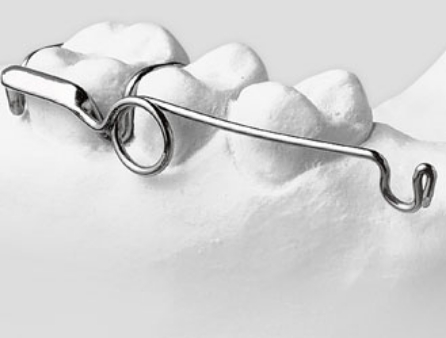
Cuspid Spring
The cuspid spring is a simple spring with one of its ends soldered to an Adam clasp. An elastic is inserted in the spring’s other end shaped like a loop and stretches all the way to the impacted cuspid to exert traction. A ligature wire or an anchorage button is first fitted onto the impacted cuspid.

Cl-3 Traction Loop
When treatment requires wearing a face mask (to correct Class III cases), two stainless steel wires are fitted on an appliance. Ideally, these wires are installed on appliances bonded after placement into the mouth. In general, the wire loops are placed on the occlusal surface of the cuspids. Dentists can then adjust them as needed.
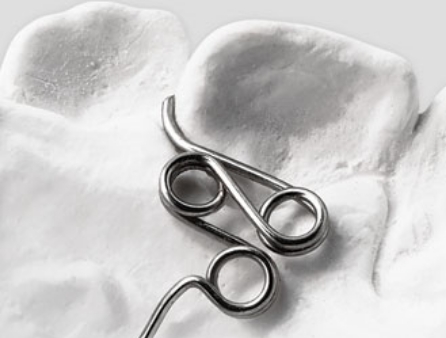
Double Spring
The double spring is used to buccalize and rotate teeth. Its three loops exert gentle and constant pressure for up to 6mm advancement. Using a double spring combined with a buccal wire increases control over rotations.
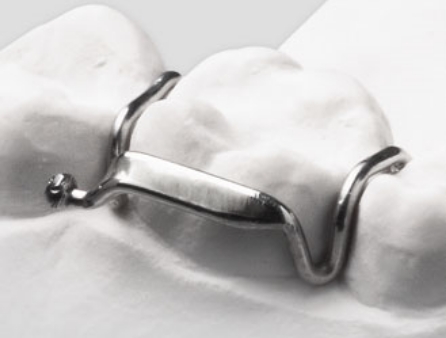
Elastic Clasp
To exert traction on a tooth, a clasp is soldered onto a labial wire or an Adam clasp, or embedded into the acrylic part of an appliance. The location of the clasp must be precisely indicated on plaster models or on prescriptions.
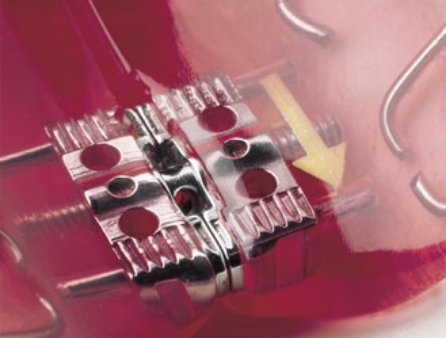
Expansion Screw
The expansion screw is used on most removable expansion appliances. It can also be used on Bionators and Hawleys. Our laboratory uses high-quality expansion screws. Some screws enable 7.5mm expansion, others, up to 11mm. Each of them has an arrow indicating the activation direction. Each time a screw is activated, 0.025mm space is obtained.
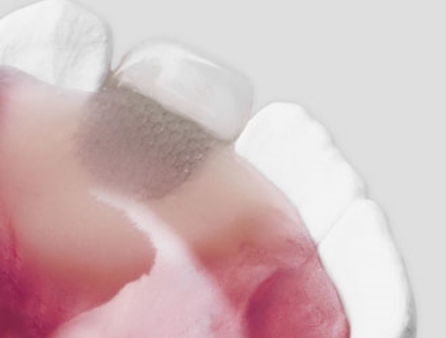
False Acrylic Teeth
If required, false acrylic teeth can be added to a removable appliance to improve patient appearance. A metal reinforcement means is moulded into the acrylic to strengthen the lingual part. Dentists should indicate on the prescription the required shade of the false teeth by referring to their colour guides.

Head Gear Tube
Head gear tubes are used to insert extraoral accessories. Depending on the appliance, the tubes are soldered onto an Adam clasp or embedded into the acrylic. Their inner diameter is 0.045″ or 0.051″.

Incisive Papilla Hole
A hole can be made in an acrylic retainer in order to stimulate the tongue to reposition itself on the incisive papilla.
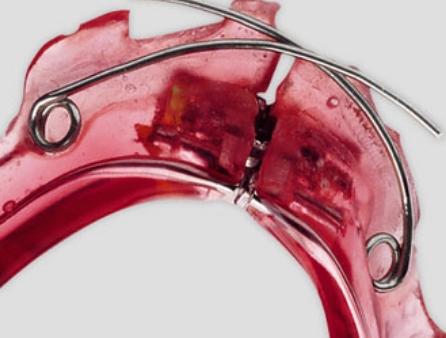
Lingual Spring
The lingual spring is comprised of two springs that intertwine. To labialize incisors, the rounded wires first rest on the surface of the teeth in improper position and then on all the incisors. Note that we recommend adding a labial wire on appliances with lingual springs.
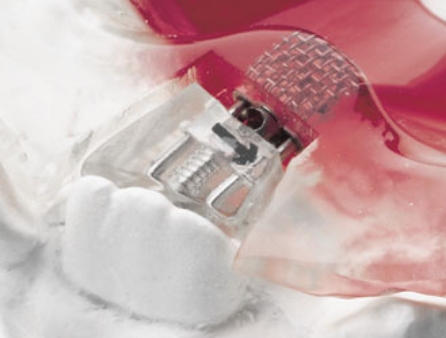
Micro-screw
The micro-screw allows moving teeth buccally. By grinding the acrylic part mesiolingually or distolingually, the rotation of teeth under treatment can be guided. Moreover, coating the incisal surface of the teeth with acrylic reduces the risk of tipping. Screw activation translates into 1/8mm expansion. When the screw is opened at maximum (3mm), it can be reactivated by closing it again and adding composite between the acrylic part and the teeth. Unlike the double spring, which is activated by dentists, the micro-screw is adjusted by patients every two or three days.
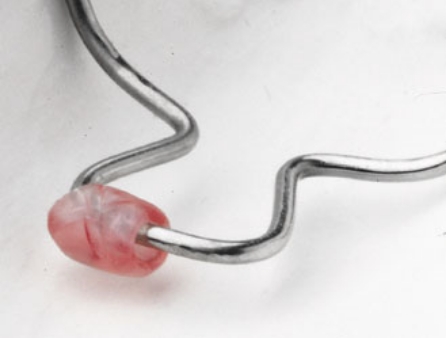
Reminder Pearl
Improper tongue position is the major cause of children malocclusions. Therefore, adding a reminder pearl on an appliance during orthodontic treatment stimulates the tongue to reposition itself.

Simple Spring
The simple spring is comprised of a 0.024″ stainless steel wire and a loop that enables mesializing or distalizing teeth under treatment. This spring can be placed on incisors, cuspids, premolars or molars.
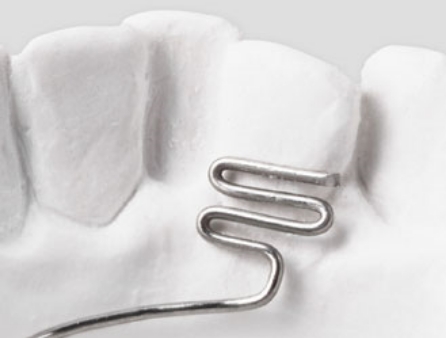
Snake
The Snake’s effect is similar to that of the double spring. Both are used to labialize incisors. However, because it is more inconspicuous than the double spring, the Snake is usually placed on the lingual surface of the lower incisors.

Soldered Spring
The soldered spring is used to lingualize, mesialize, distalize or rotate a tooth. When the wire seems to be slipping rather than enabling the required movement, an anchorage button can be fitted on the buccal surface of the teeth under treatment.
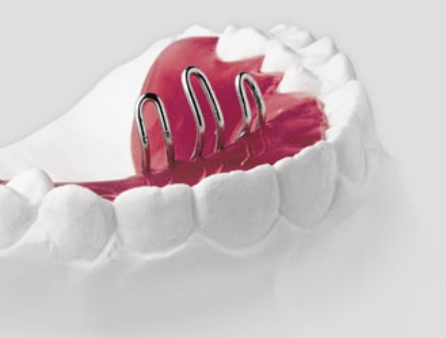
Tongue Cribs
Tongue cribs prevent the tongue from coming into contact with the lingual surface of incisors. They are made with a shaped 0.036″ wire that is embedded into the acrylic part of the appliance. Dentists not having to adjust tongue cribs are asked to provide the plaster model of the mandible or the antagonist model.

